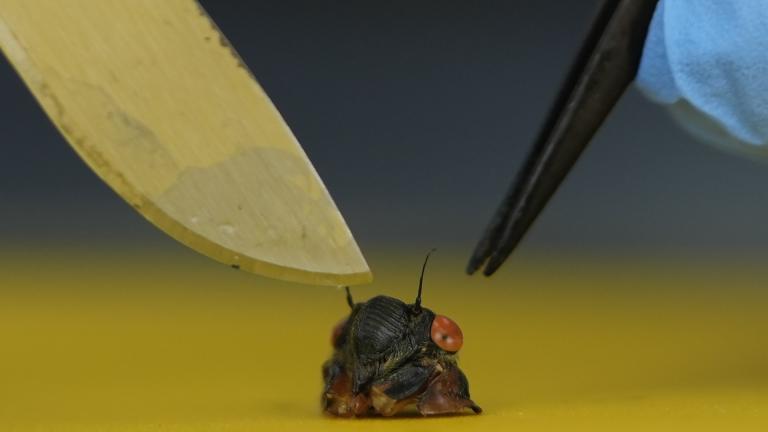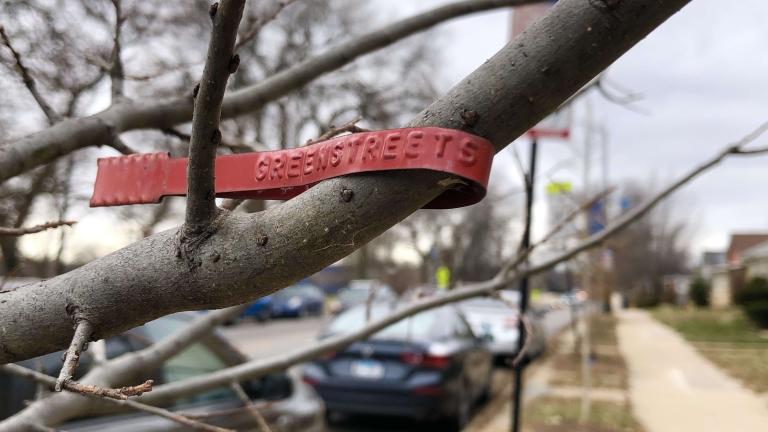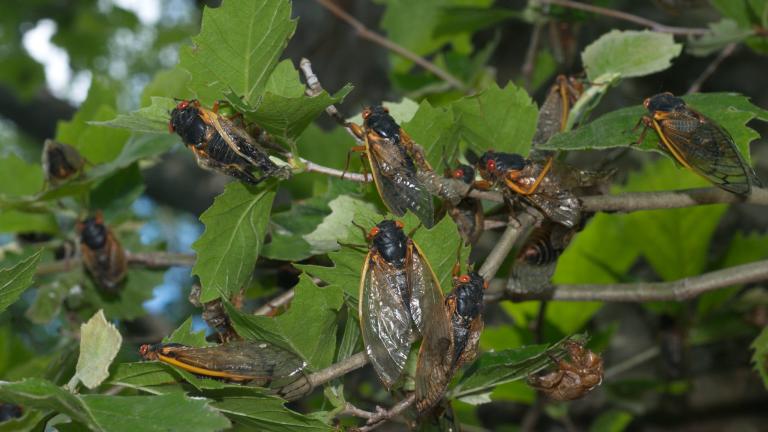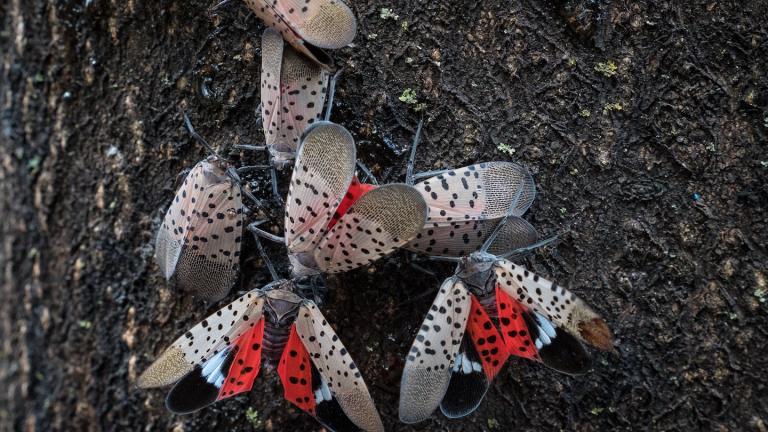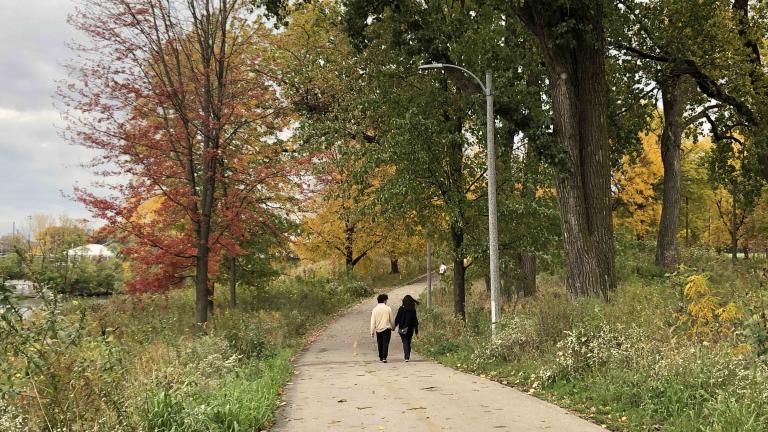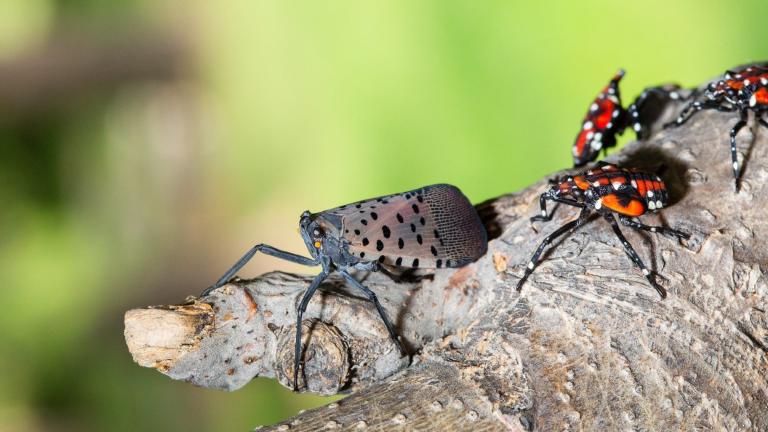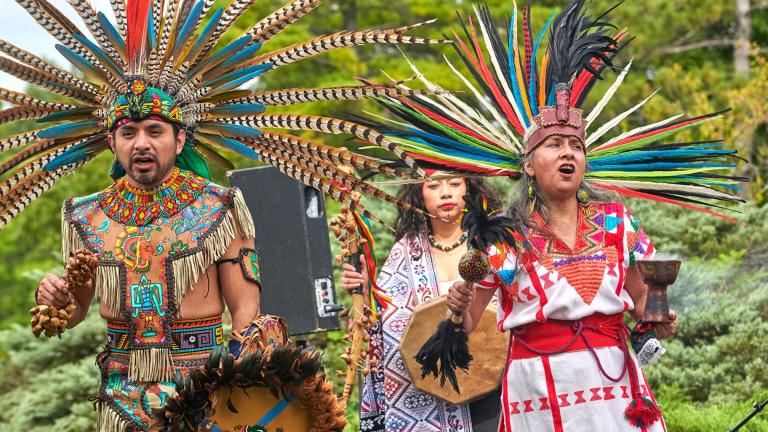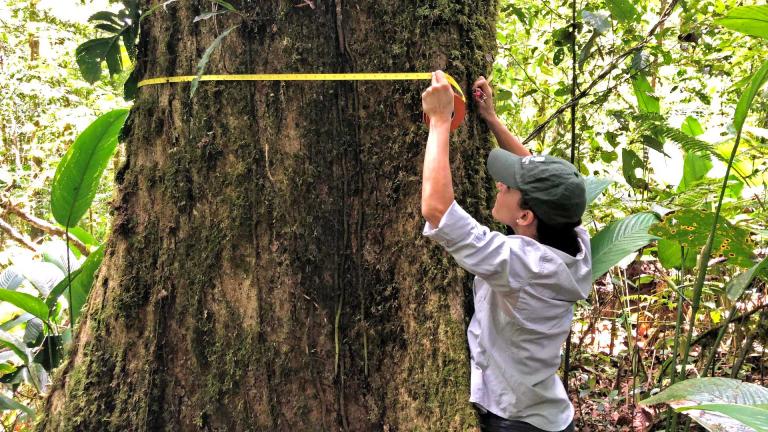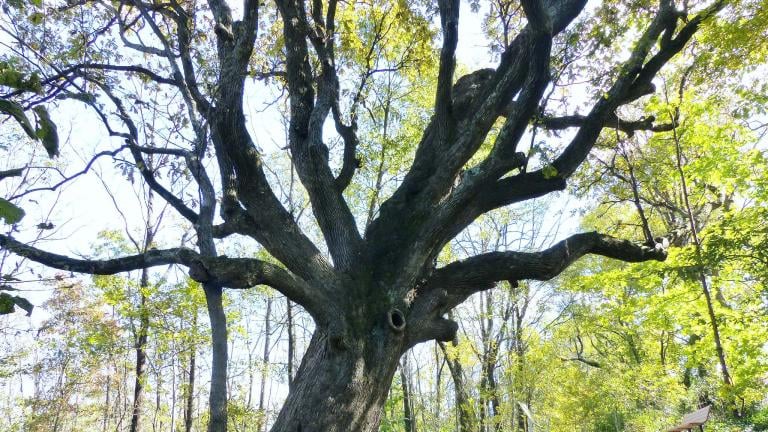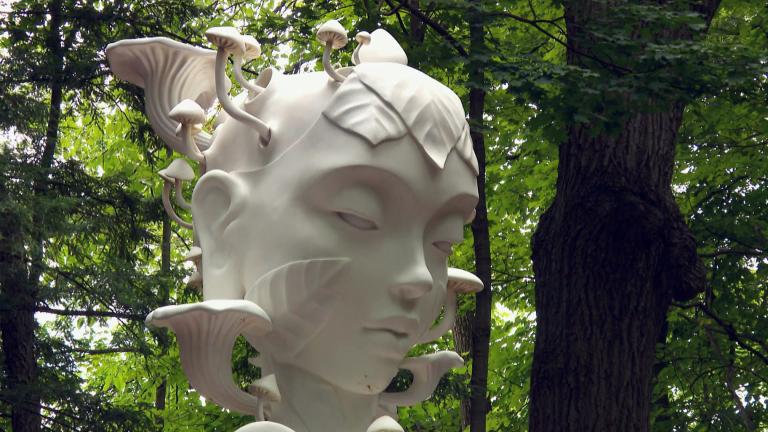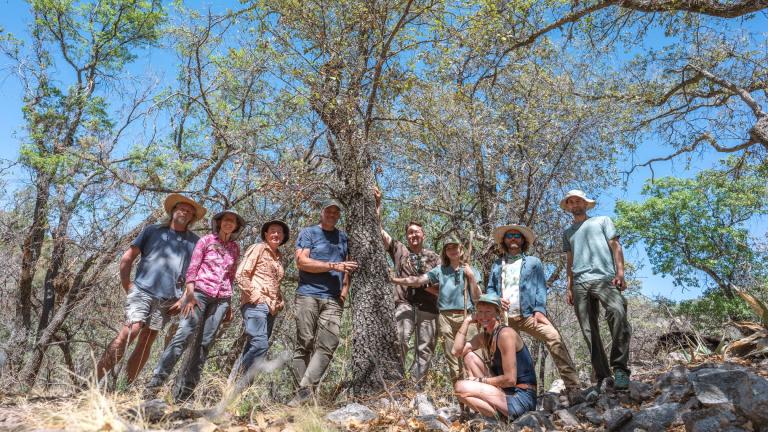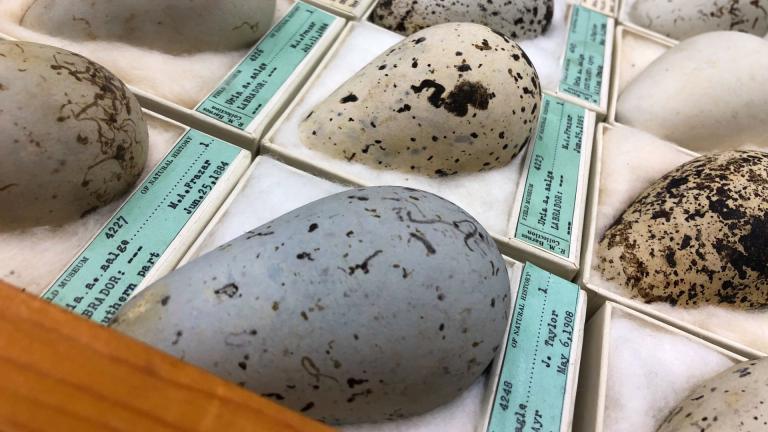With their bulging red eyes and their alien-like mating sound, periodical cicadas can seem scary and weird enough. But some of them really are sex-crazed zombies on speed, hijacked by a super-sized fungus.
Morton Arboretum
Collecting Sex-Crazed Zombie Cicadas on Speed: Scientists Track a Bug-Controlling Super-Sized Fungus
The Chicago Park District also received nearly $1.5 million to conduct an inventory. Morton Arboretum's Chicago Region Trees Initiative is administering the grants on behalf of the Illinois Department of Natural Resources.
CRTI connects organizations — public and private — across the seven-county Chicago area to promote the importance of trees and improve the quality of the region's tree canopy.
Young trees could be vulnerable to damage from the emergence of millions of periodical cicadas in Illinois this spring. Here are tips on how to protect your trees.
Experts said the pest’s eggs, which will hatch in spring, are able to withstand the recent arctic blast.
Leaf Peeping is Hitting Its Peak. Here’s How to Take Advantage of Fall Color Season Close to Chicago
The fall foliage season got off to a slow start in the Chicago region but is making up for lost time. We’ve rounded up some resources to help you make the most of Mother Nature’s spectacular, but short-lived, autumnal display.
The first sighting of the invasive pest was confirmed in Chicago, but we’re years from a major infestation and have learned from cities like Pittsburgh how to minimize the nuisance, an expert said.
This month, the Morton Arboretum is inviting people to get back in touch with their roots with a variety of events and programs highlighting Latino cultures and communities, beginning with the Celebración de los Árboles on Sept. 16-17.
When it comes to alleviating the impacts of climate change, trees have been promoted as the ultimate “green infrastructure.” But trees are living organisms, and they can be sensitive to some of the same climate stressors as people. But just how sensitive?
“This is providing the means for us to collaborate not only within the Chicagoland area but to really make a difference in biodiversity hot spots across the globe,” said Chuck Knapp, vice president of conservation research at Shedd Aquarium.
Headlines spun out of control when it came to new research results on the Earth’s core. In other news, narwhals have had it with noisy neighbors.
Morton Arboretum conducted an international search to select a successor to retiring CEO and president Gerard Donnelly, and landed on a familiar face, close to home.
A team of researchers, led by Morton Arboretum, spent the better part of the past five years creating the first-ever standardized checklist and threat assessment of the nearly 900 species native U.S. trees. Their work provides the foundation on which to build awareness, advocacy and future conservation efforts.
This year marks the centennial of the Morton Arboretum in DuPage County. Fifty years before it was established, the founder’s father started Arbor Day. Producer Marc Vitali visited the 1,700-acre public garden for a bit of history and to meet a photographer who has explored the place since his first visit in the 1960s.
The lateleaf oak has confounded botanists since it was first discovered in the 1930s. Scientists have been hard-pressed to find a single surviving example in recent decades. But a new discovery, pending genetic testing by Morton Arboretum, could put the tree back on the map.
A new study led by the Field Museum shows that a number of bird species are laying their eggs nearly a month earlier than 100 years ago, likely due to climate change.

